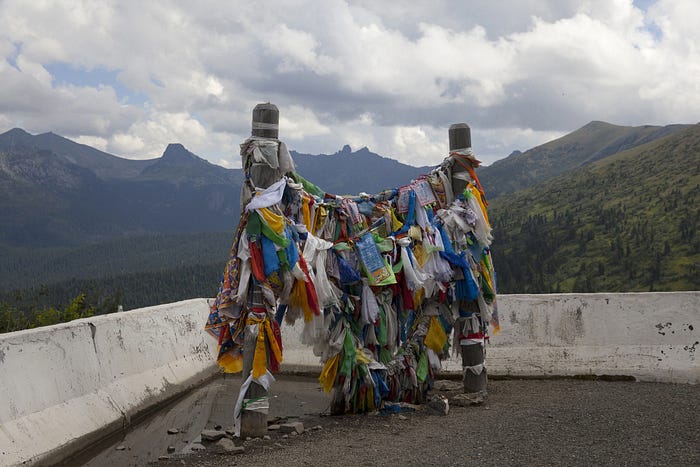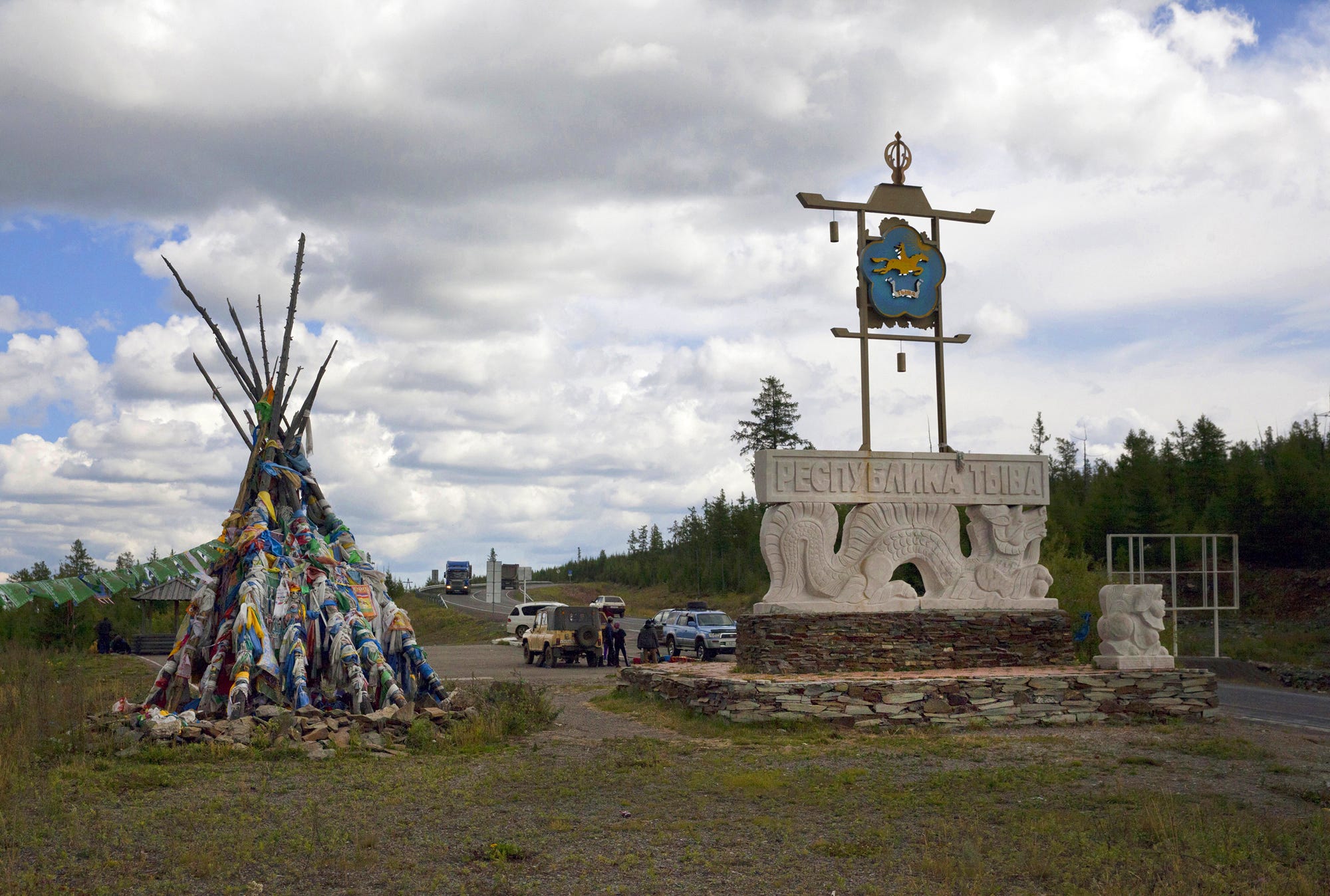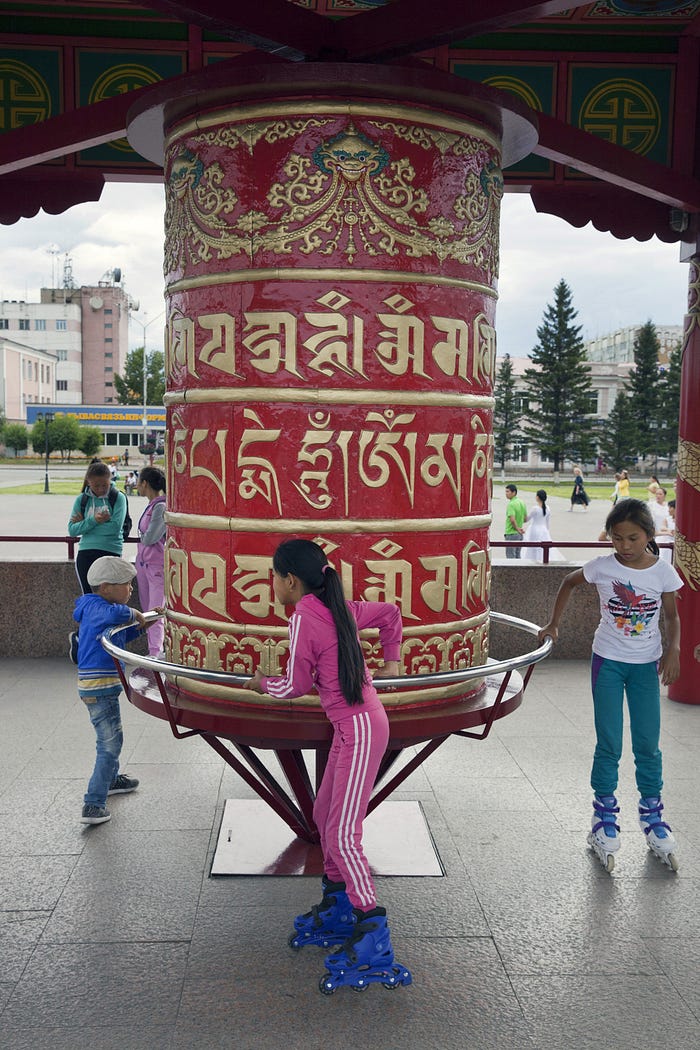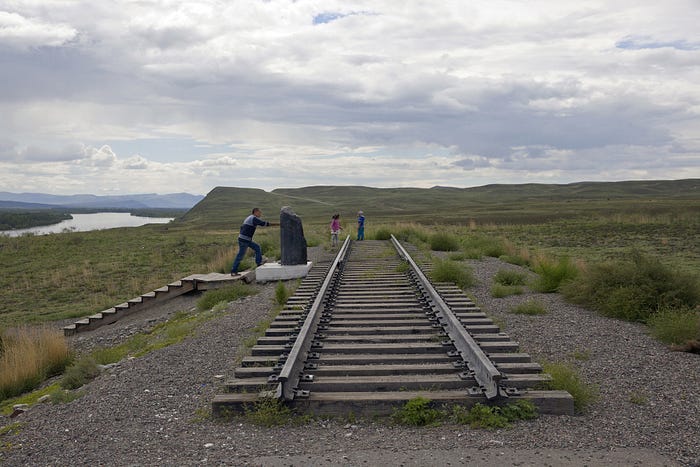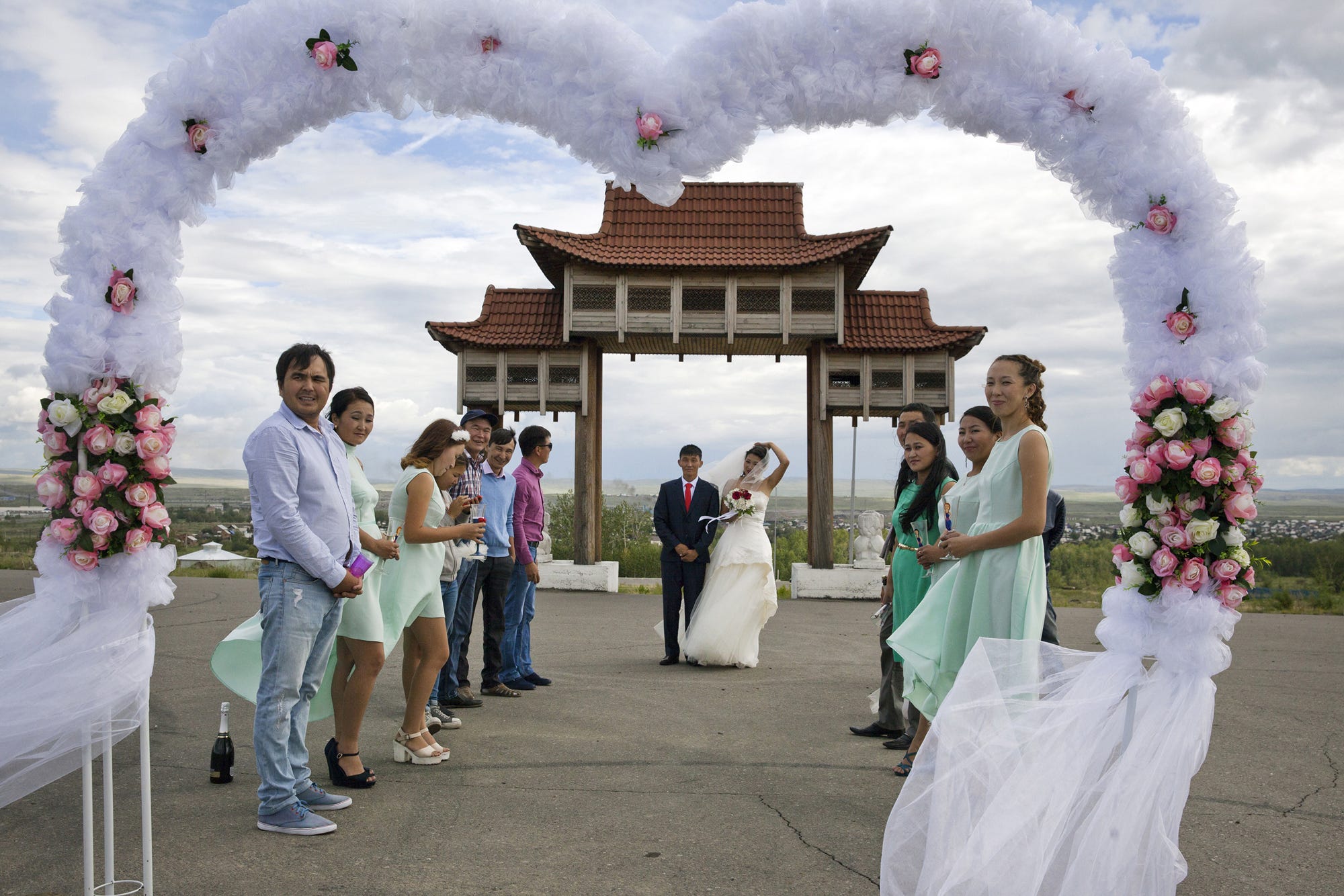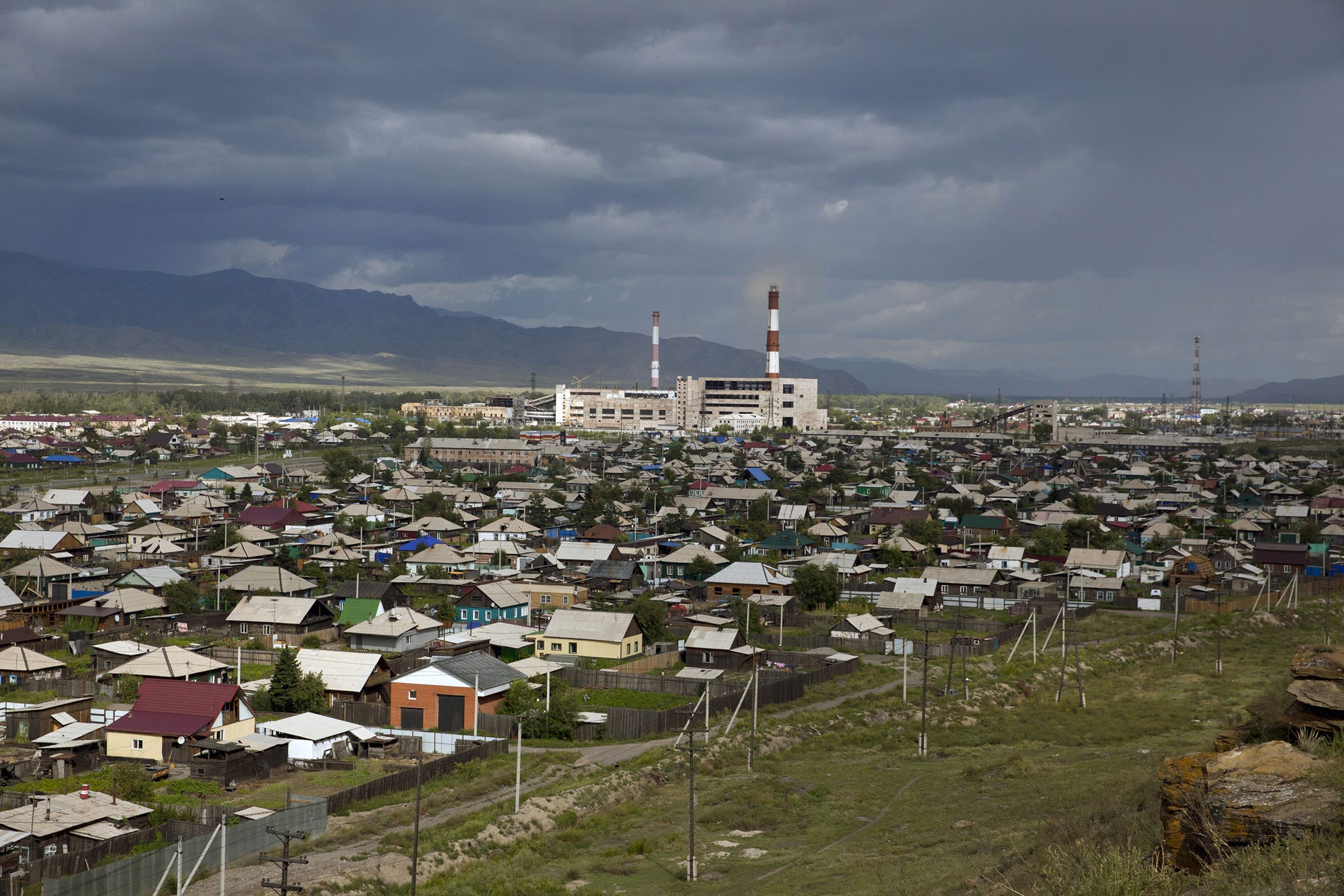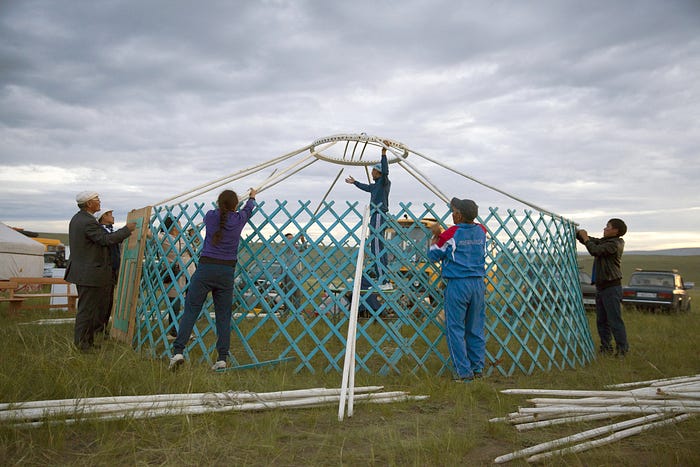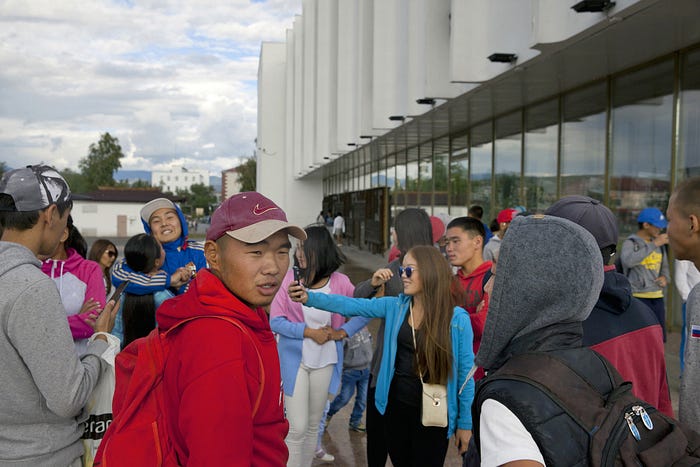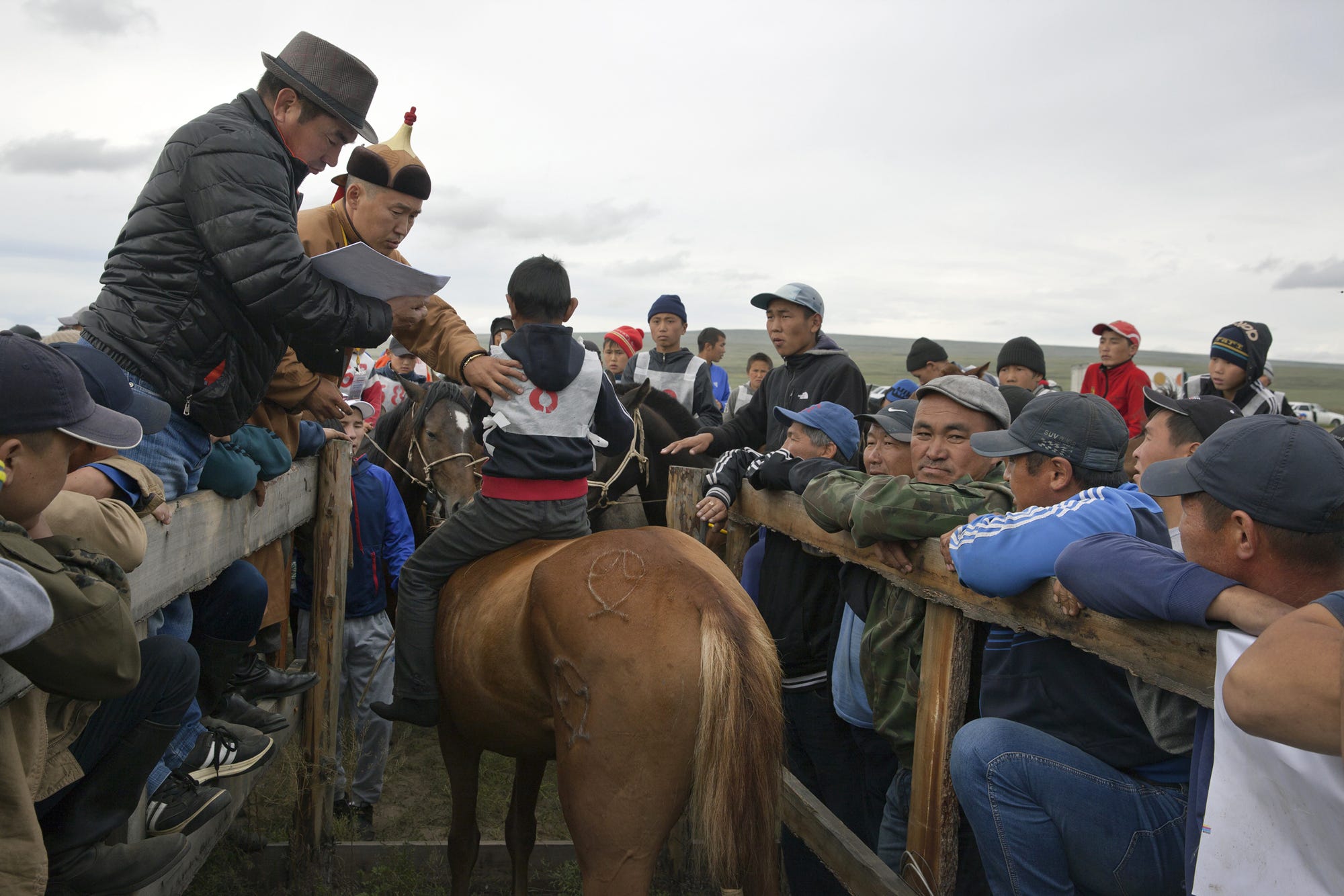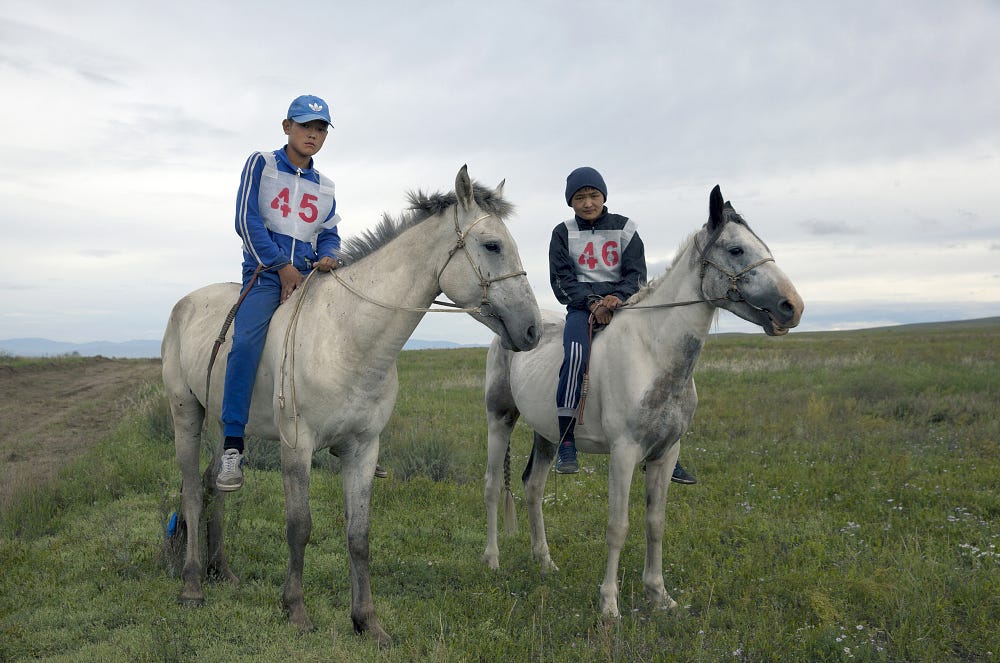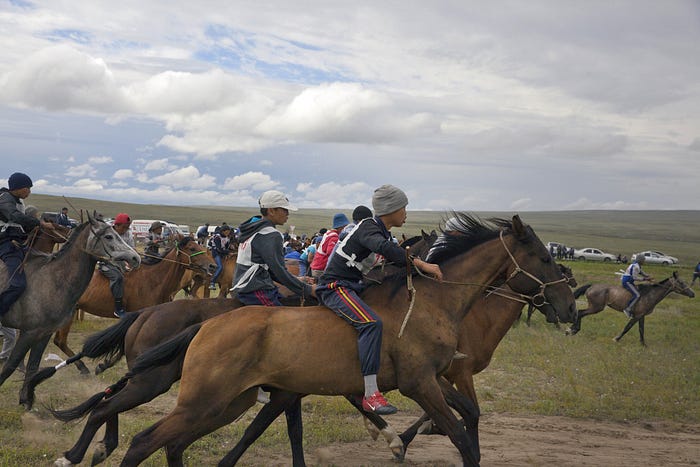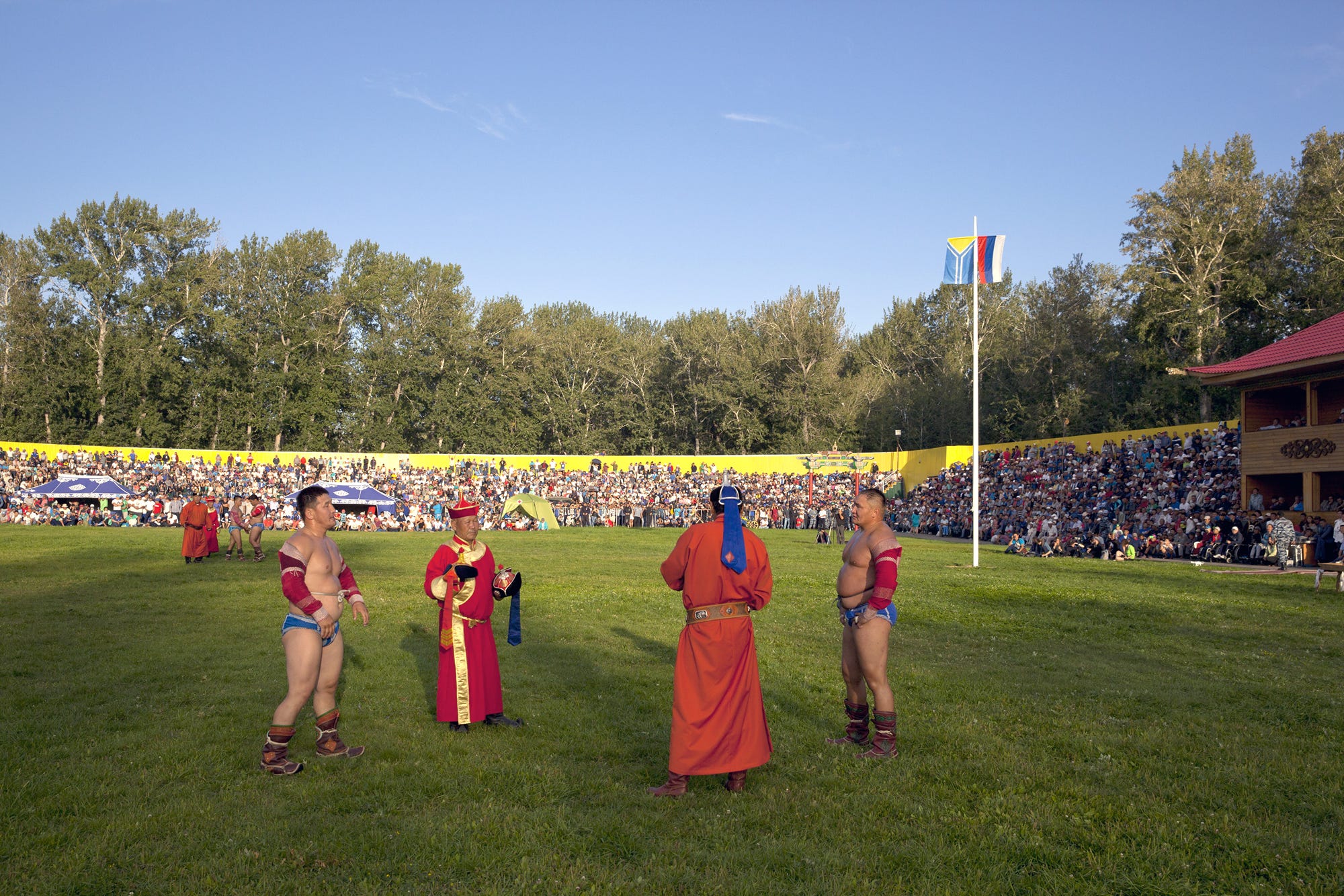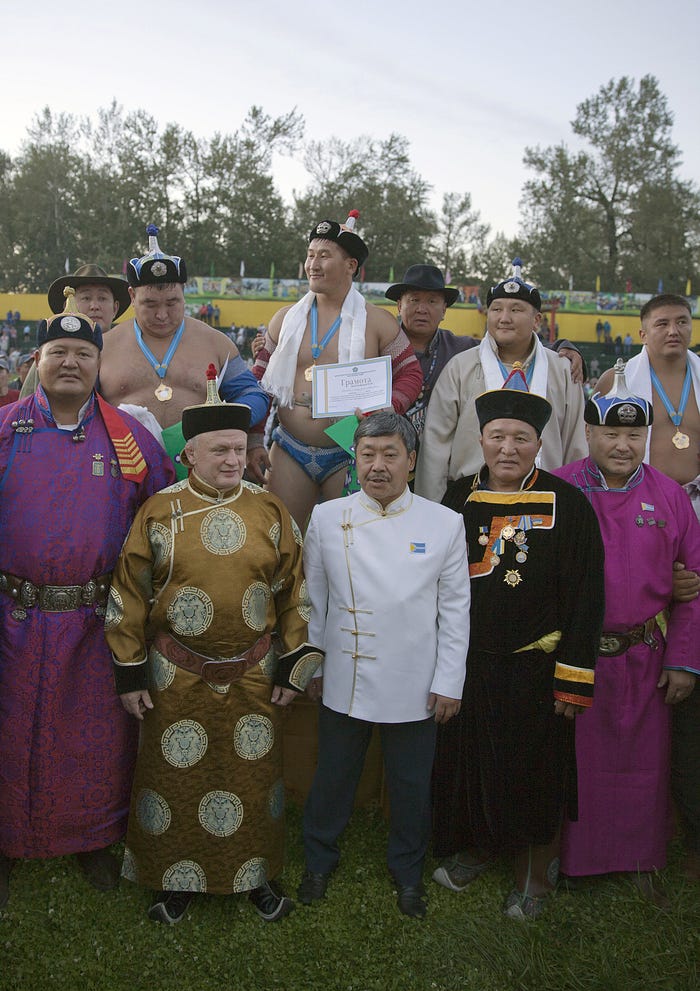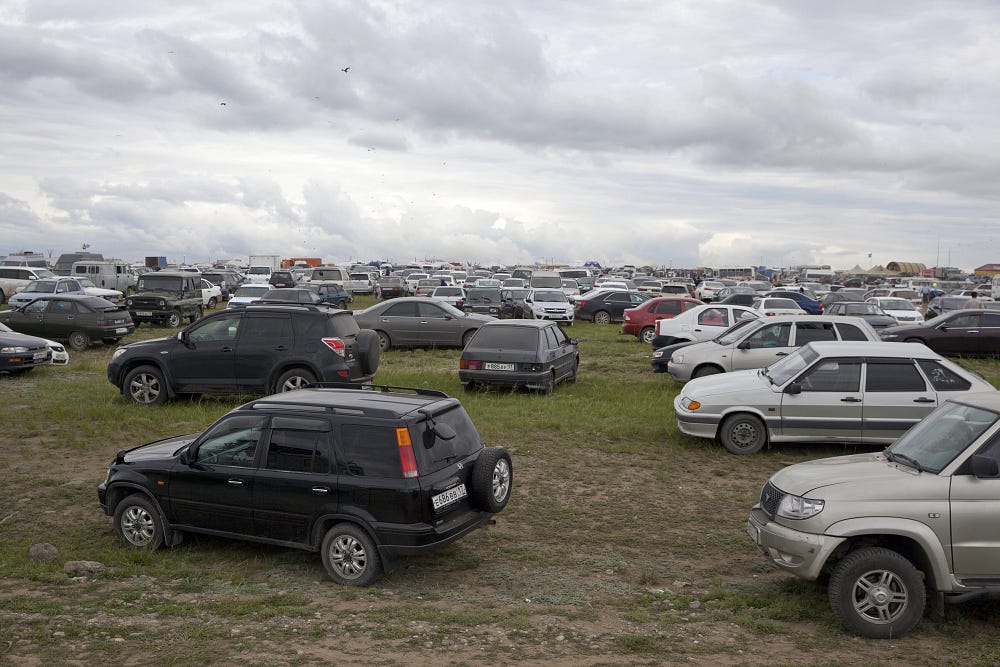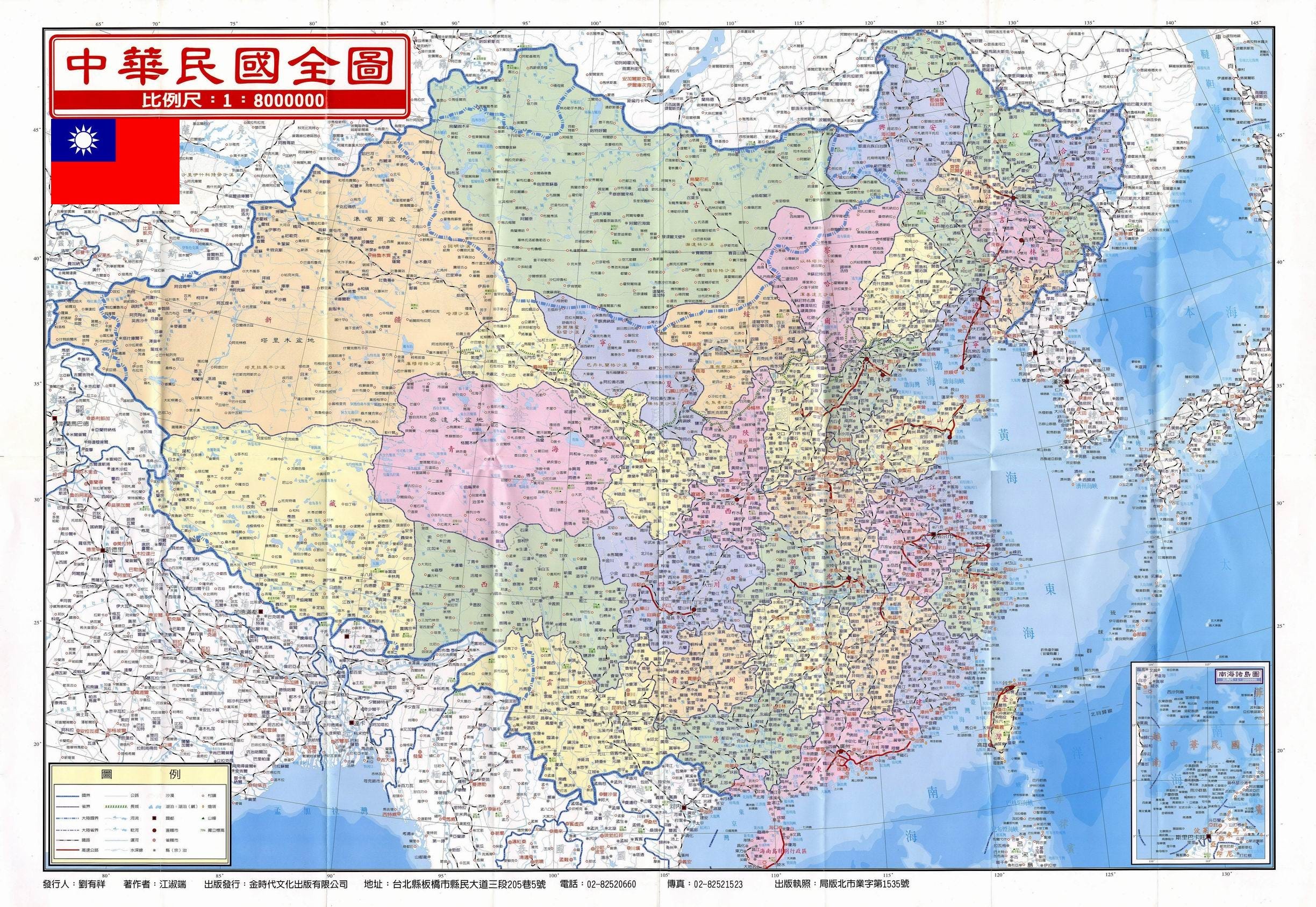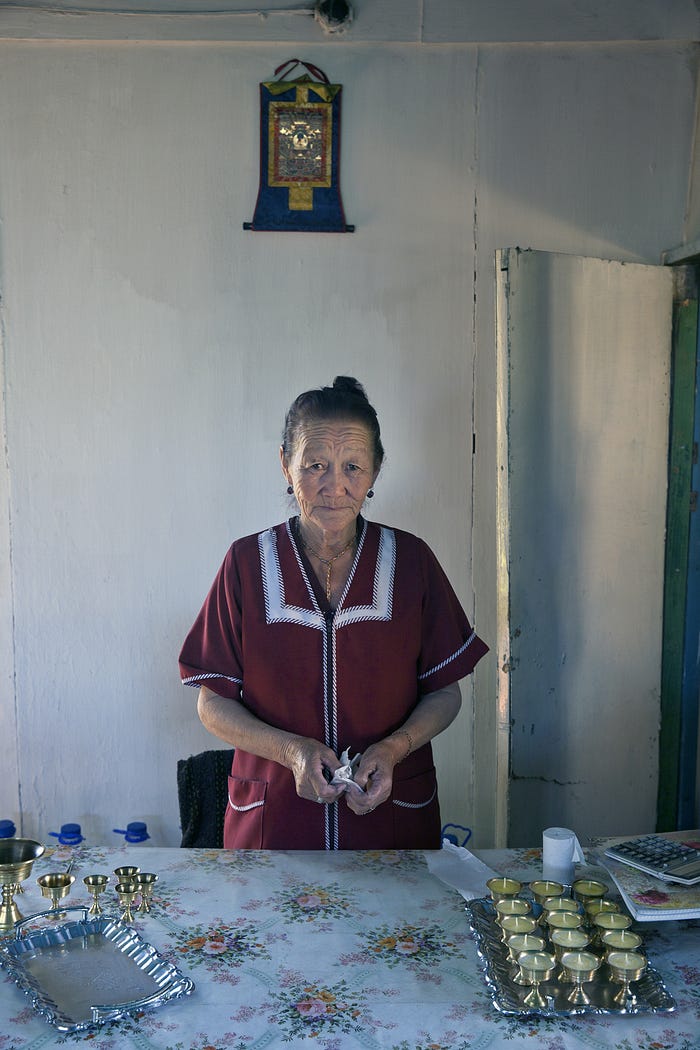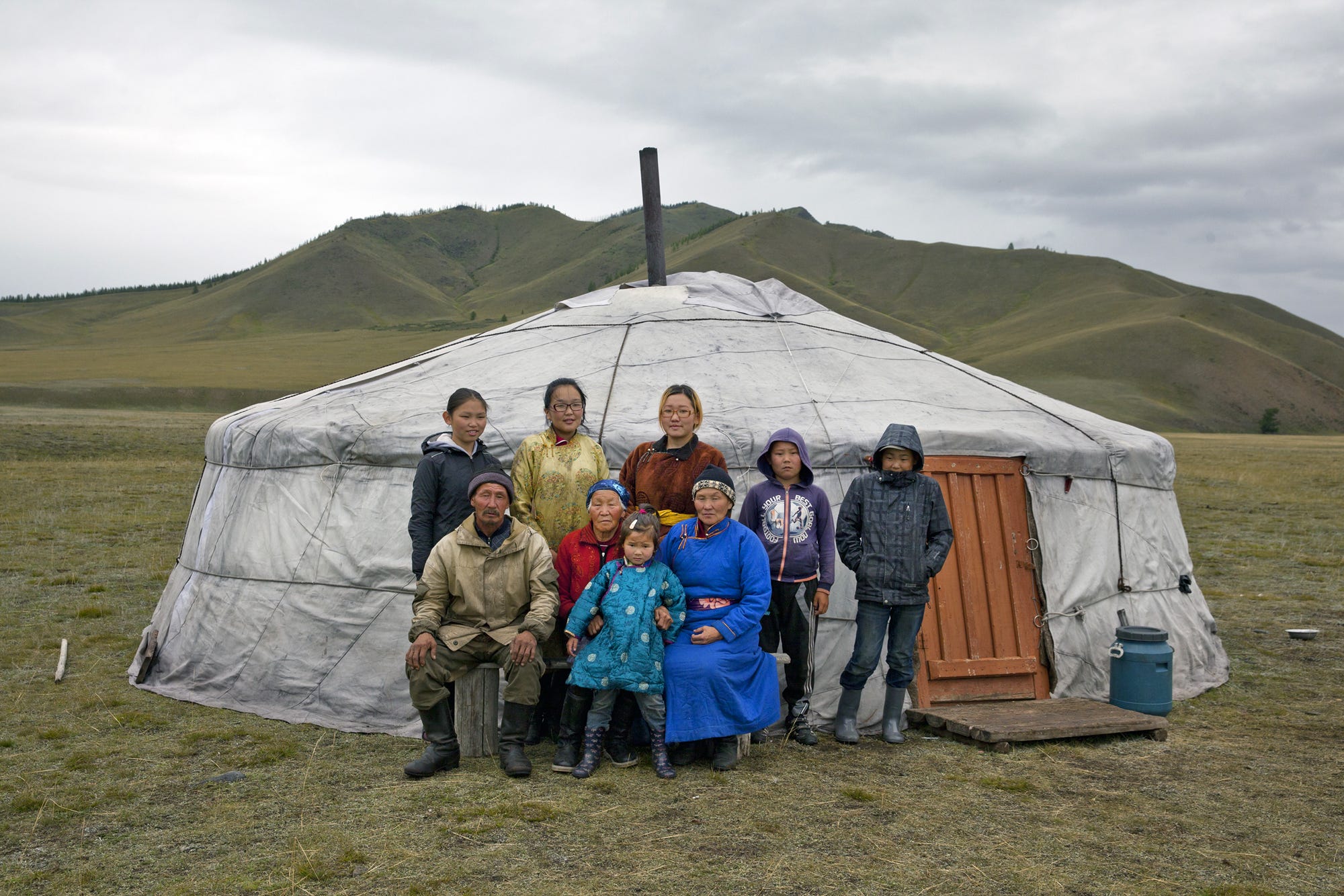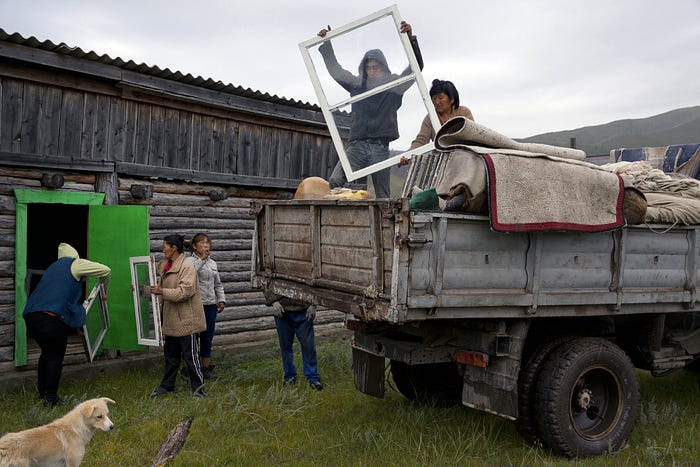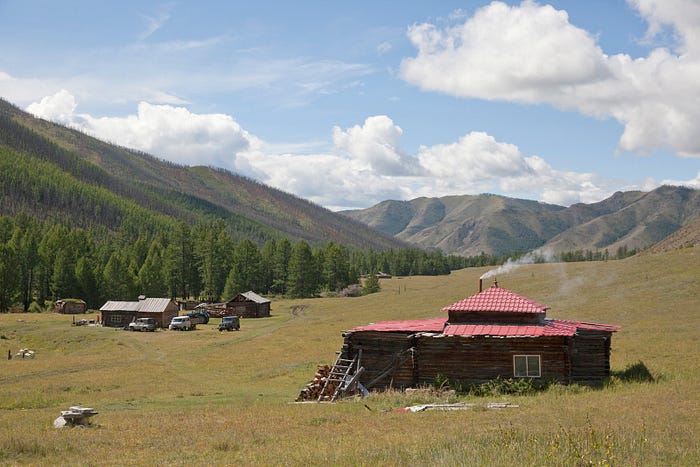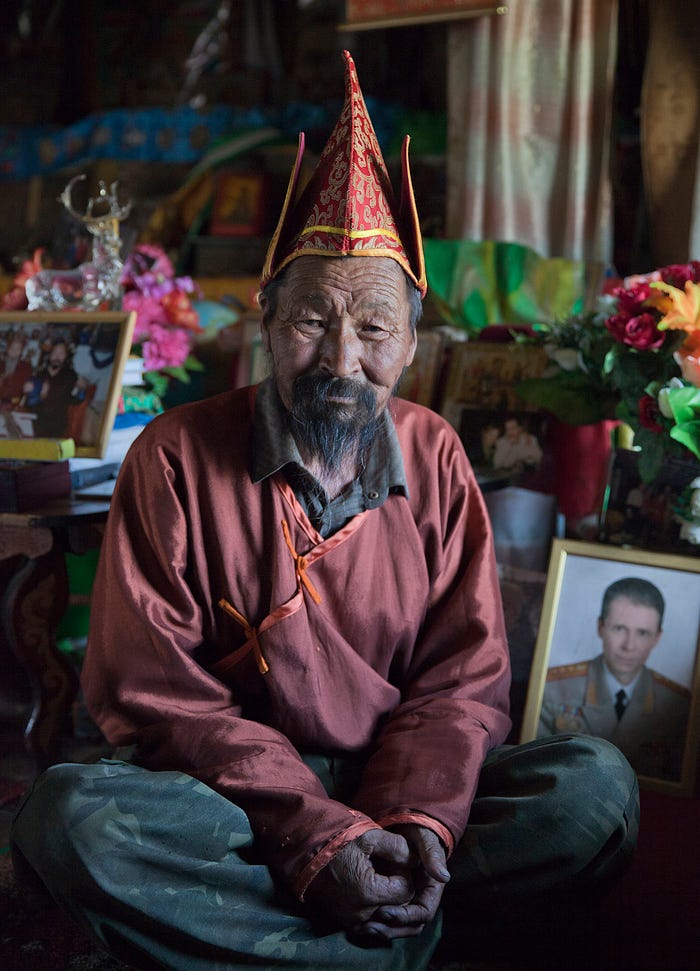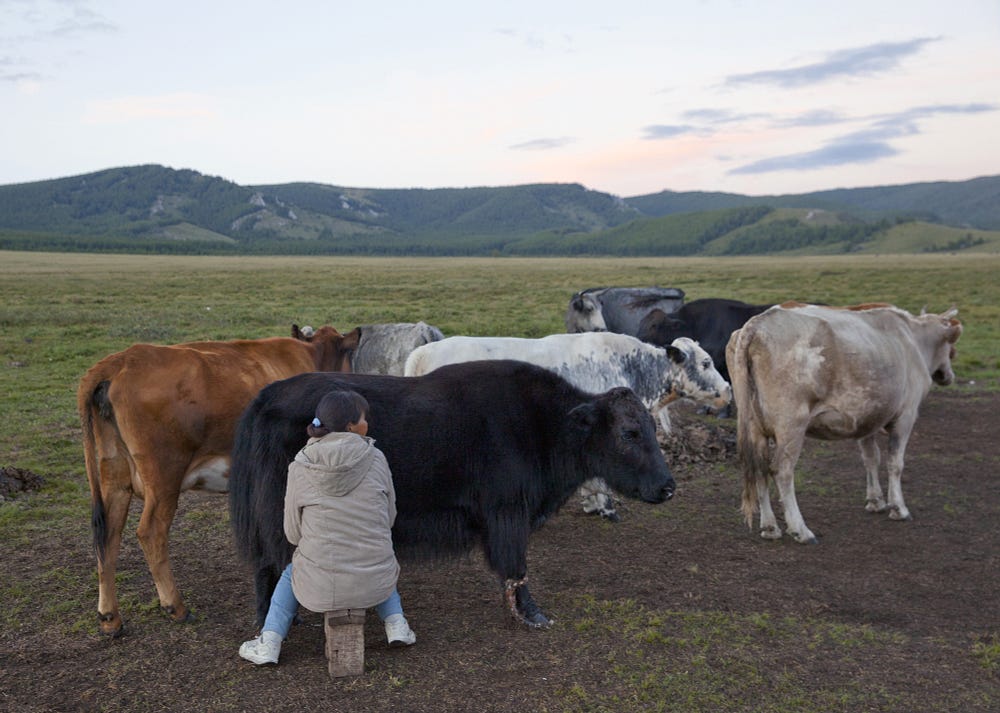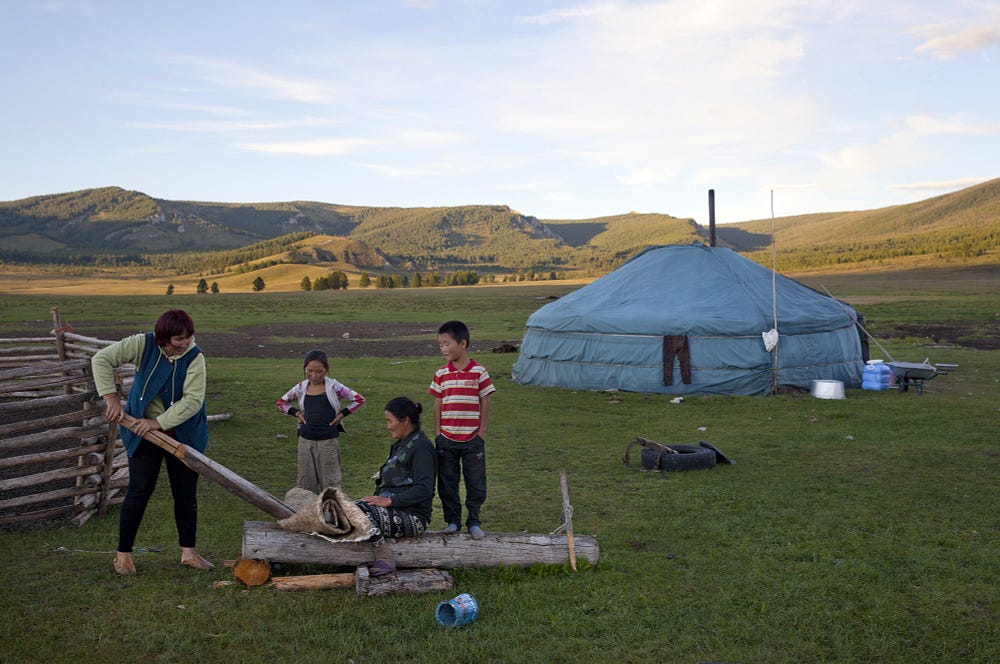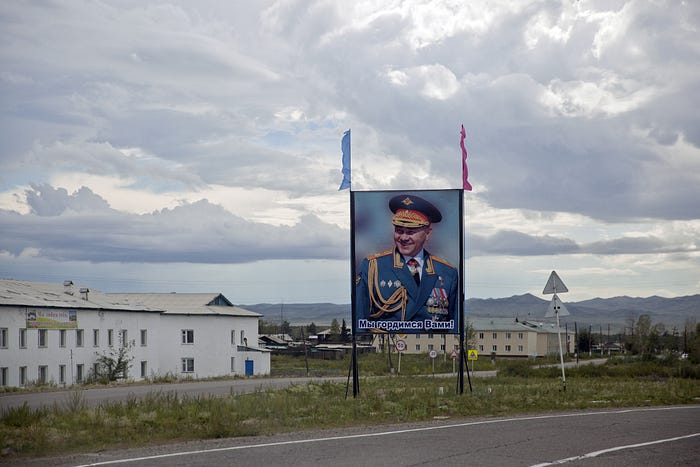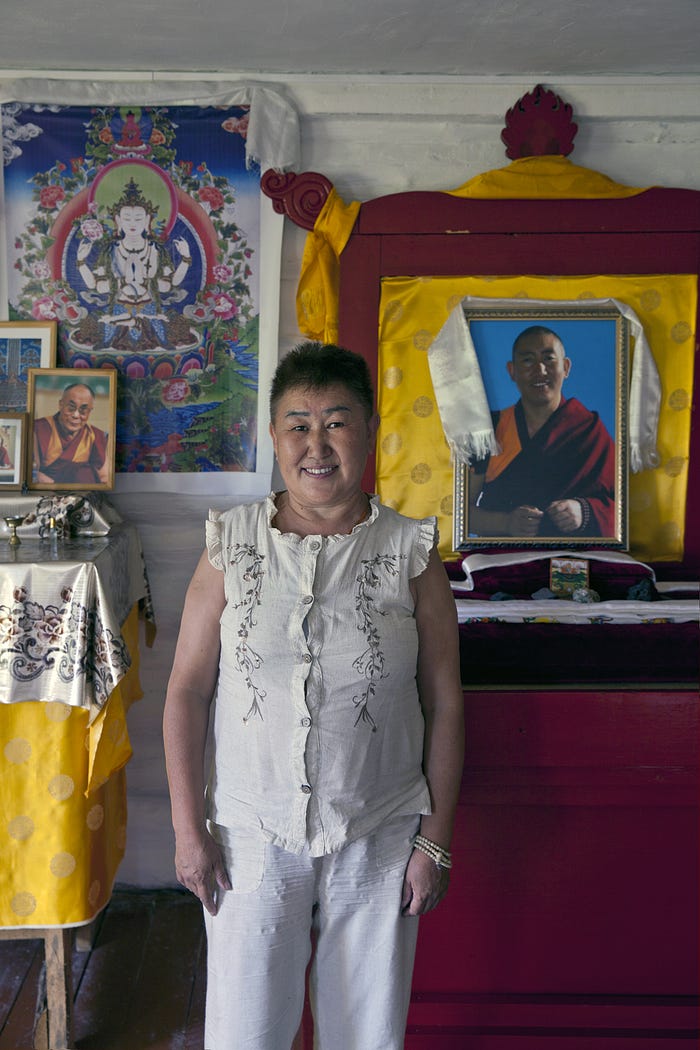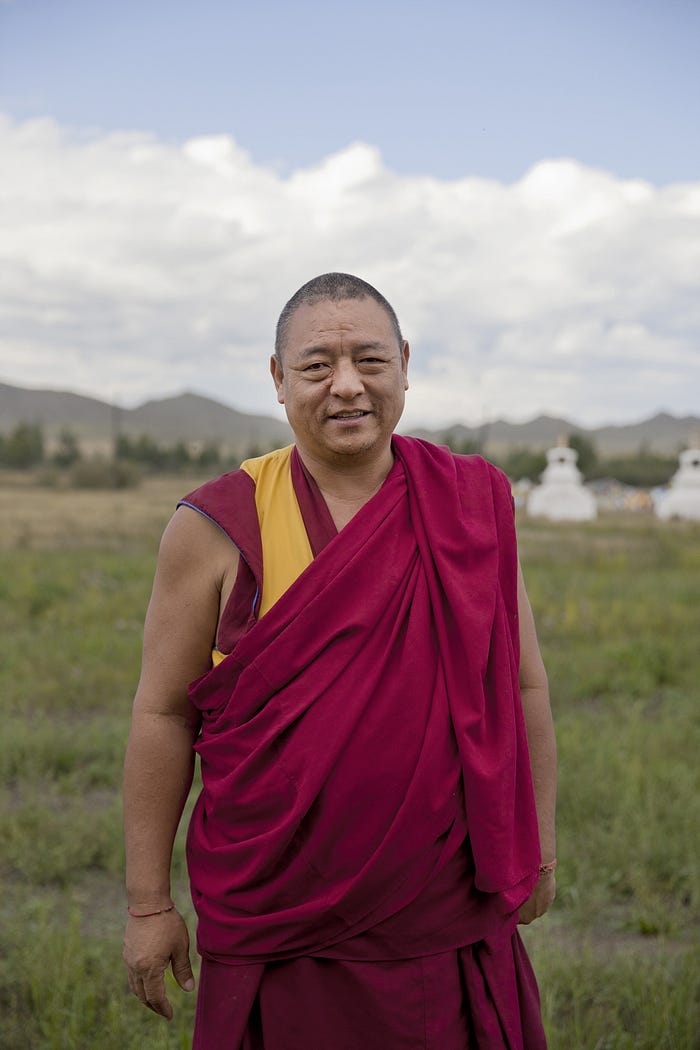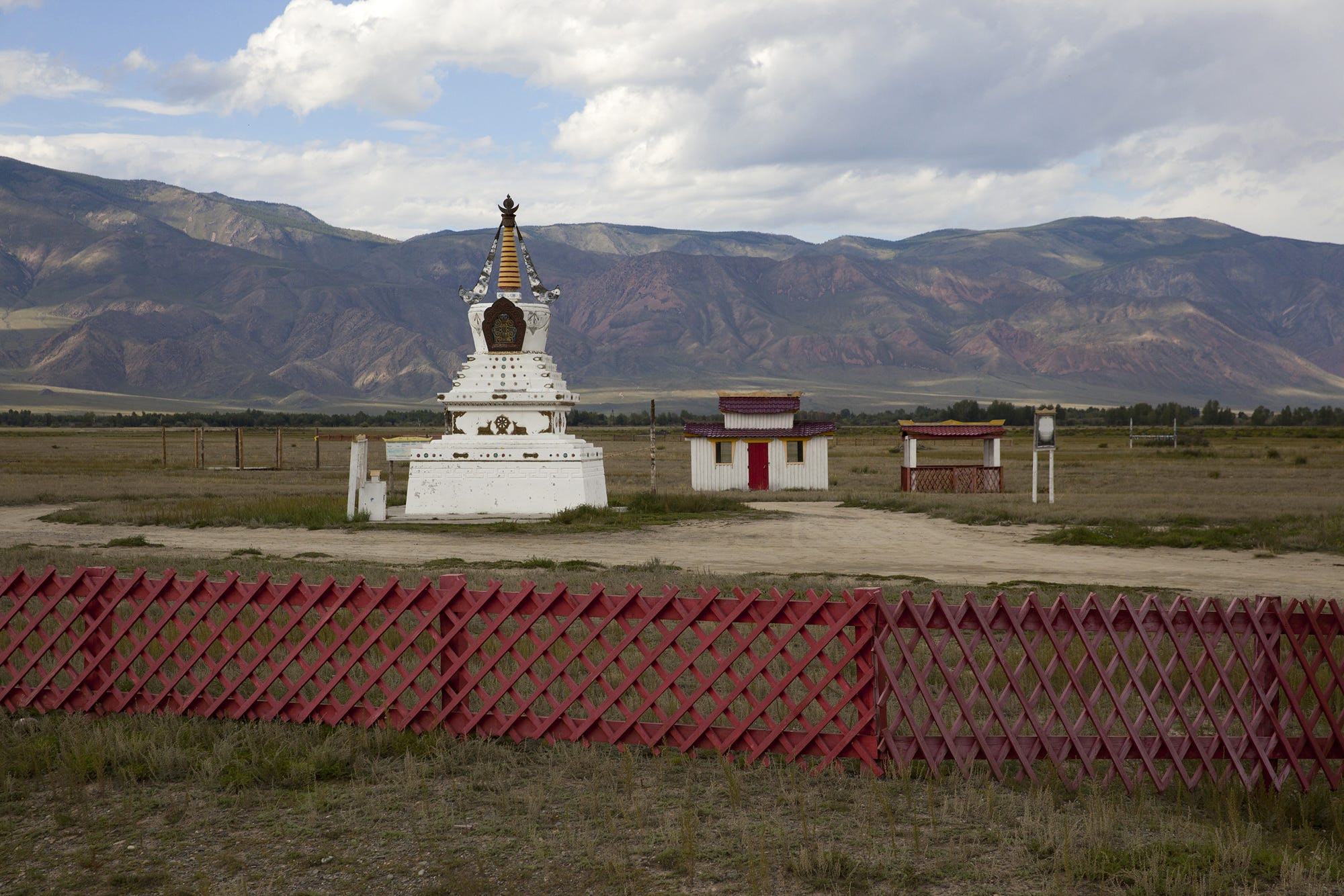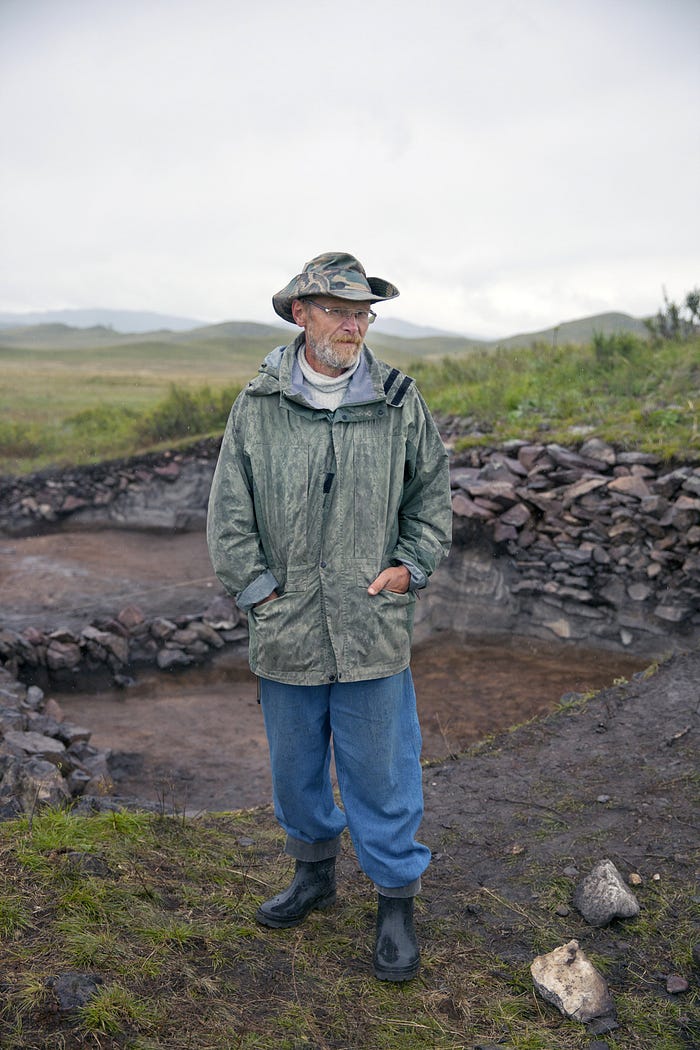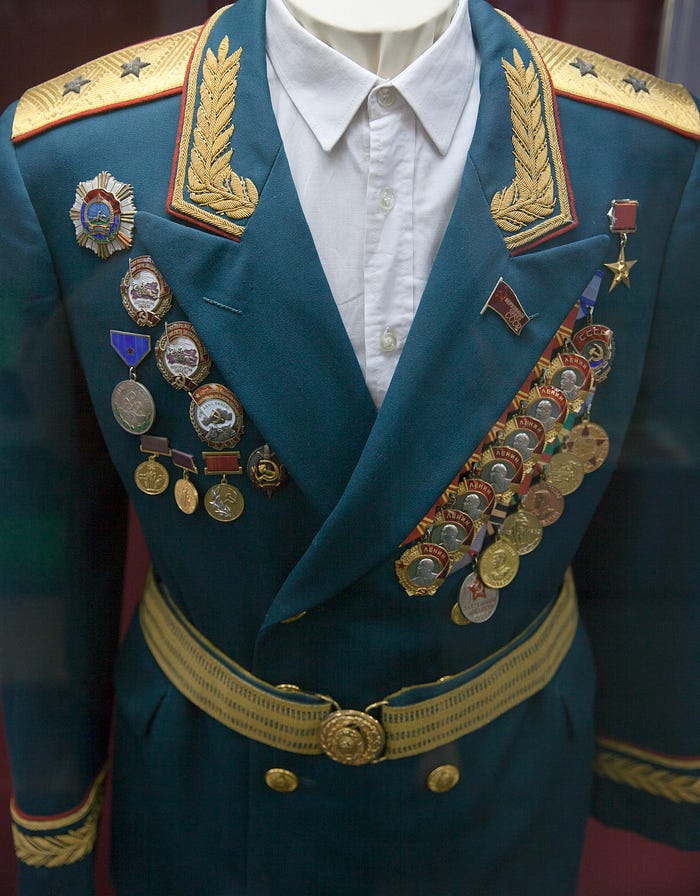Everyday life in an isolated Russian province that broke away from China a little more than a century ago
Tuva is one of Russia's most obscure and isolated regions (also one of the poorest) — a landlocked Turkic-speaking republic located in southern Siberia right in the middle of the Asian continent and connected to the rest of Russia via just one road. It's the only Russian region today which had an experience of formal independence (1921-1944), and its turbulent political history is a stark example of what happens when a small nation gets caught in a centuries-long struggle between its mighty neighbors. The Turkic tribes that lived in what is today Tuva fell under the Mongolian rule in 13 century. When Mongolia was gradually subdued by the Qing Empire in 17-18 centuries, so was the territory of the present-day Tuva. Amidst the 1911 Chinese Revolution, Tuva broke away from China and became a Russian imperial protectorate in 1914, albeit for just three years, when its newfound protector — the Russian Empire — fell apart itself. In 1921, Tuva declared independence, delegating its defense and foreign policy to Soviet Russia. The move, however, was only recognized by the latter and Mongolia — itself a breakaway Chinese province and a newly formed satellite state recognized only by Soviet Russia. Mongolia, however, tacitly claimed Tuva to be part of its territory because it was through a Mongolian governor residing in Mongolia that the Qing Dynasty ran Tuva for a hundred and fifty years prior, not to mention 500 years of Mongolian rule before. In part to reign in these Mongolian claims, Tuva was finally incorporated into the Soviet Union in 1944, with minor territorial concessions to Mongolia. Some in Tuva believe this single-handed decision to join the USSR by the then ruling Tuvan clique was illegal because neither referendum, nor even a parliamentary vote were held to seek popular approval. Interestingly, the government of the Republic of China (Taiwan) still considers Tuva a part of Greater China. The People’s Republic of China has never officially renounced its sovereignty over Tuva either.

